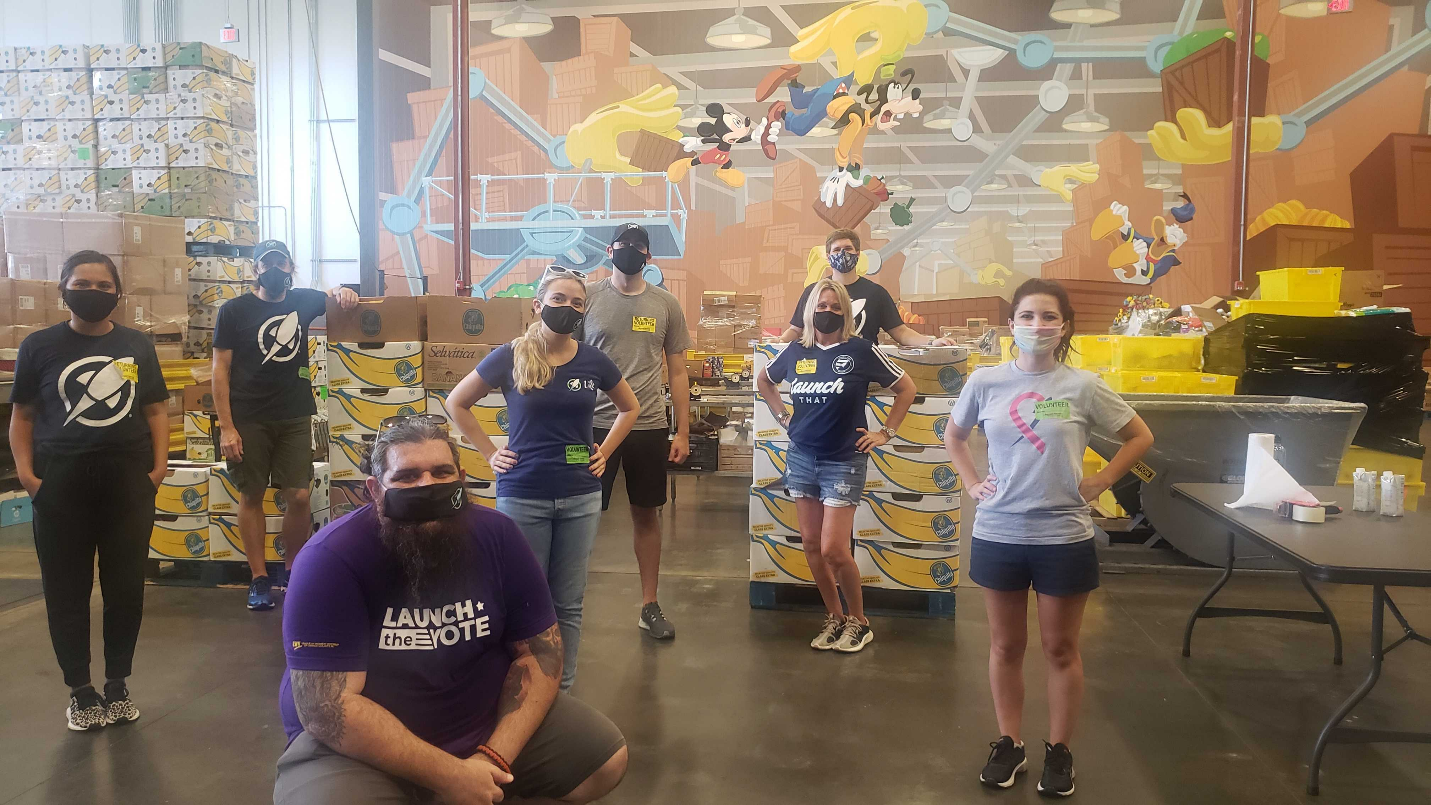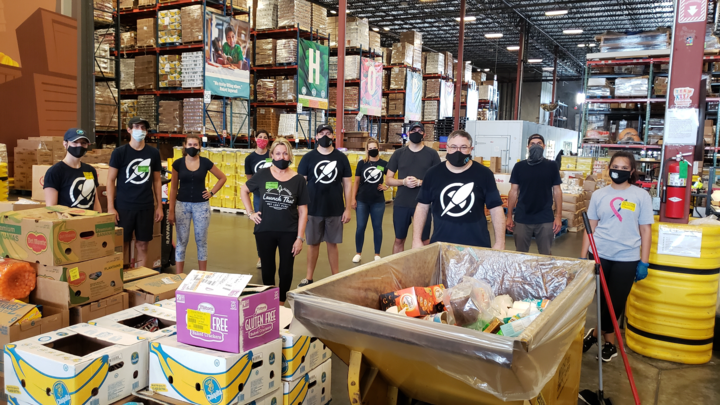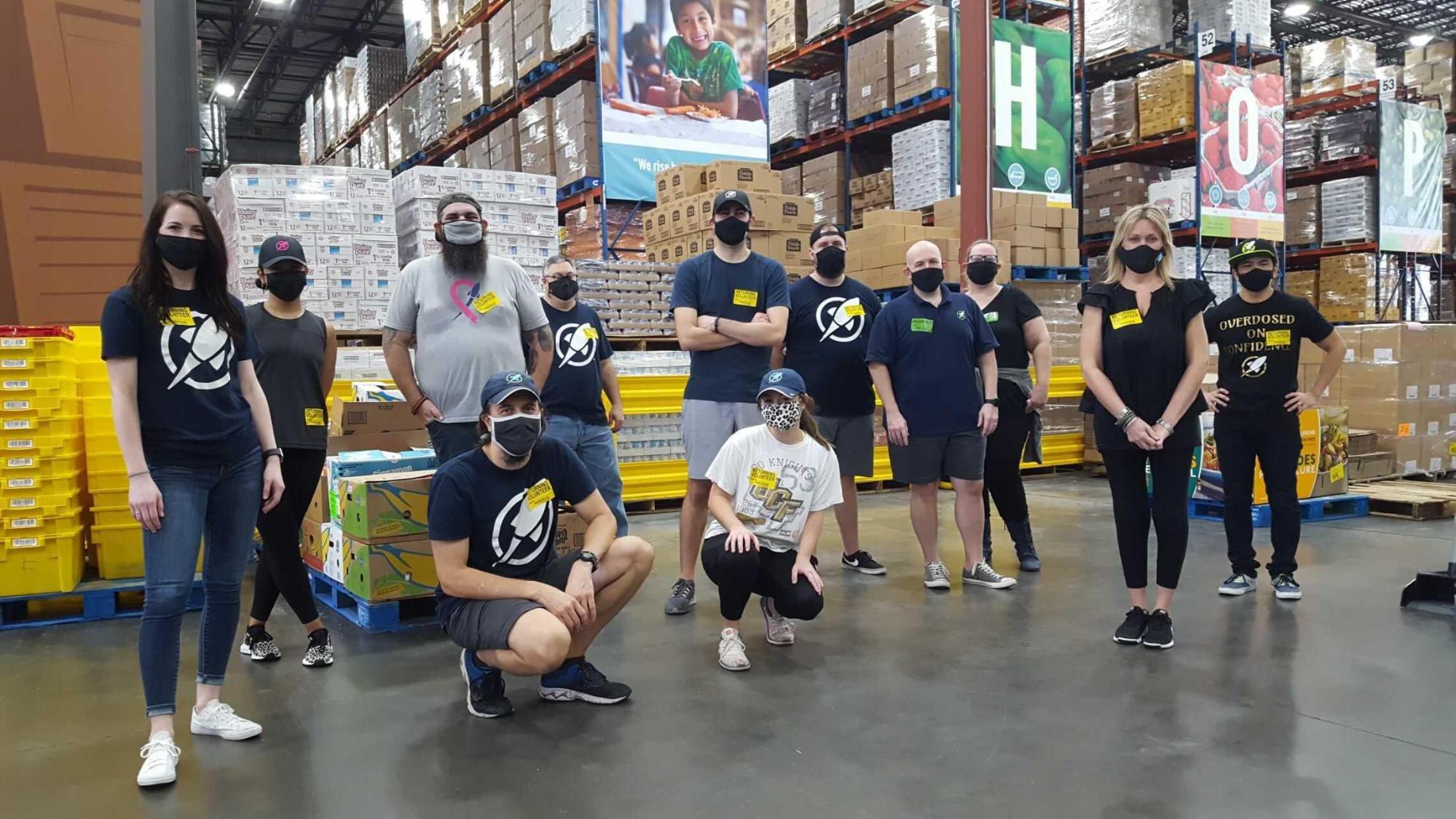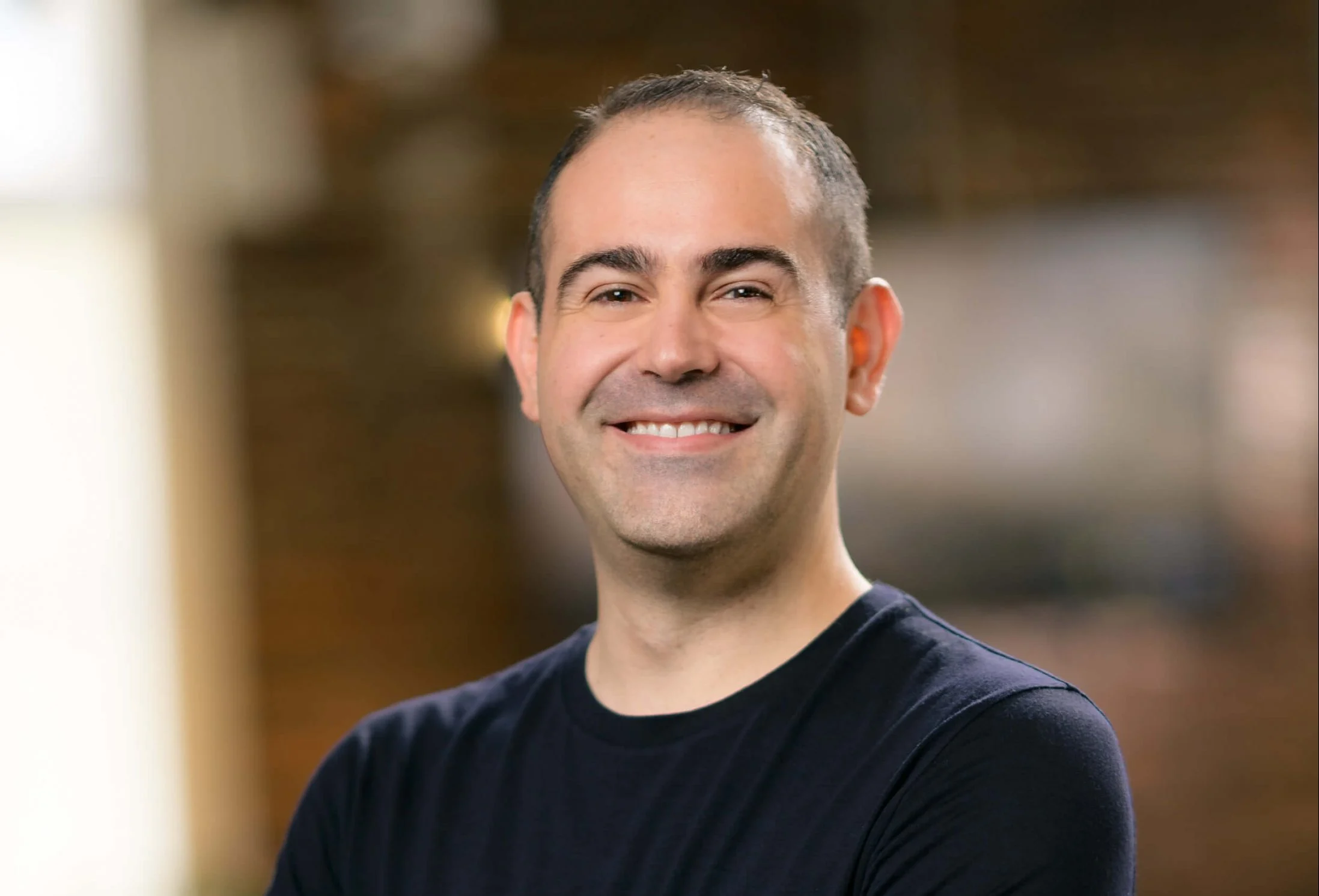
It’s Tuesday morning. My alarm goes off 30 minutes earlier than usual. I wake up slightly groggy, brush my teeth and put on a pair of athletic shorts, a light T-shirt and some sneakers. I grab a banana, a water bottle, my hat and my mask on the way out the door. It’s 7:45 a.m.
Around 8:05 a.m. I reach the Second Harvest Food Bank and grab my returning volunteer sticker. I step in front of an iPad and crouch to check my temperature electronically and receive the green check mark. I see our team ready to walk into the facility. I wave and smile — a smile that’s hidden by my mask.
After a quick set of safety instructions, we walk to our lockers. At the lockers I put my keys and wallet away. It’s now 8:15 a.m. when we walk into the food bank.
At the food bank our instructor organizes us in an assembly line. He gives me gloves and a pair of scissors. I stand behind three different sets of boxes and I’m told that I will be opening boxes, discarding cardboard and plastic and placing open containers for my team member to package in front of me. I have volunteered at the food bank several times over the past year but I’ve never been in this role. The set of instructions I receive is given to me in under a minute. There are two other team members also performing my job with sets of boxes to my left and my right.
It’s 8:18 a.m. and we begin. For the next three and a half hours I will be performing this job.
Process, Efficiency and Learning to Adapt
Time feels different on an assembly line. The repetitive nature of the work puts you into a trance-like state where time feels simultaneously stopped and sped up — similar to the experience of a yearlong quarantine. This time I focus on being reflective of my actions and my process of working with the team. Throughout the day I notice subtle transitions, adaptations and shifts to my work to make us a more efficient team.
I begin by getting into the zone of a structured set of rotations between my three different boxes with the goal of ensuring that there’s no interruption in the work of the packaging team member in front of me, Matt. This goal of ensuring that the work is delivered in a timely manner for Matt is essential to my role. Any stoppage in the line will create a supply chain interruption like the ones we’ve been hearing about with the vaccination rollouts across the country. Ensuring that Matt can work efficiently, without interruption, becomes the driving force for all my actions throughout the day. I encounter a series of challenges along the way.
“The timely delivery of assets is necessary to stay on schedule; however, encountering setbacks is a part of the process. We pride ourselves on our agility and the team is empowered to change our approach in order to maintain productivity and achieve our goals.”
The first challenge I encounter is a tough box that cannot be opened with my bare hands. I was shown how to dig the scissors on all four sides and essentially cut the box open. This takes considerable time in comparison to my two other sets of boxes. I experiment and find that I can essentially accomplish the same goal by cutting open just three sides and ripping the fourth off. This begins to save me time.
The second challenge I encounter is that the packages I am opening are often on my side of the line. This access point is far away from Matt. So I begin to spend time moving my packages near Matt. I find that it’s easier to split my time among my three tasks by bucketing them together and performing them in clusters:
- Opening boxes
- Placing boxes near Matt’s line
- Cleaning up/throwing out trash
As I perform each task in clusters I find that I can get more done in each section which lets me get ahead of the quick speed of the packaging line.
“David was practicing task batching — a planning process that groups tasks together to improve focus and productivity. In this type of environment, team members can be fully present and are mentally free to think about their tasks at hand and how their work can be improved.”
The third challenge I encounter late in the day. We have one team member who had to step out of the line. I notice that Alan, who is to my right, is now on the packaging line and is both opening boxes and packaging them, essentially performing two roles. Thankfully, through the process and efficiency improvements that I’ve made I am able to provide support on the three stations to my right. I begin bringing the stations into my regular rotations. While I don’t have time to place the boxes near the packaging line, I am able to help open the boxes and clean up. Alan is able to shift into the packaging role seamlessly as he has learned that role by observing throughout the day.
“Continuous learning is a necessary part of any project or process and is crucial to growth. As David picks up new skills, he’s able to fill the gap more efficiently. When one person improves, the team improves.”
As a unit we end up keeping the line moving at a quick pace. It’s the process, efficiency and agile shifts that we make that help us be an efficient unit. And it’s our interconnectedness and ability to fill in roles that helps us when we are down a team member. We operate as a well-oiled machine and right as we seem to be in the groove we are told that our time is up. I take a look around and most of us are drenched in sweat.
The Qualities of the Best Teams
In The Ideal Team Player, Patrick Lencioini describes team members who have the following qualities as the best team members: Hungry, Smart, Humble. It’s easy to look at our efforts at Second Harvest and see team members who are displaying all of these qualities. We’re hungry to get as much done as we can in the time we have. We’re smart to develop techniques, communicate and fill in gaps as we discover them. And we’re humble to be performing work that often goes unnoticed and unrecognized. It helps that most days we can wake up, go to our living rooms and perform our normal jobs. This is tough, physical work which requires recovery.
These qualities translate to all work efforts and are displayed in effective teams — whether you’re packaging food, building a website or launching a digital marketing campaign. It’s the awareness of your team members and the drive to get the job done well that fuels the team. At no point was anyone above the work or complaining that this was not their job. Effective teams know that there’s no place for that behavior.
At the end of the session, our instructor comes over and informs me that our pace is incredible. The staffers have given our team a new slogan: “Taking Care of Business.” I vaguely remember it as one of the songs that played over the speakers while we were working. We completed 12 pallets of packaged food. This is three whole pallets more than the previous record. Most importantly, though, this will feed over 1000 families who are in need in our community.
I’m looking forward to doing it again.






